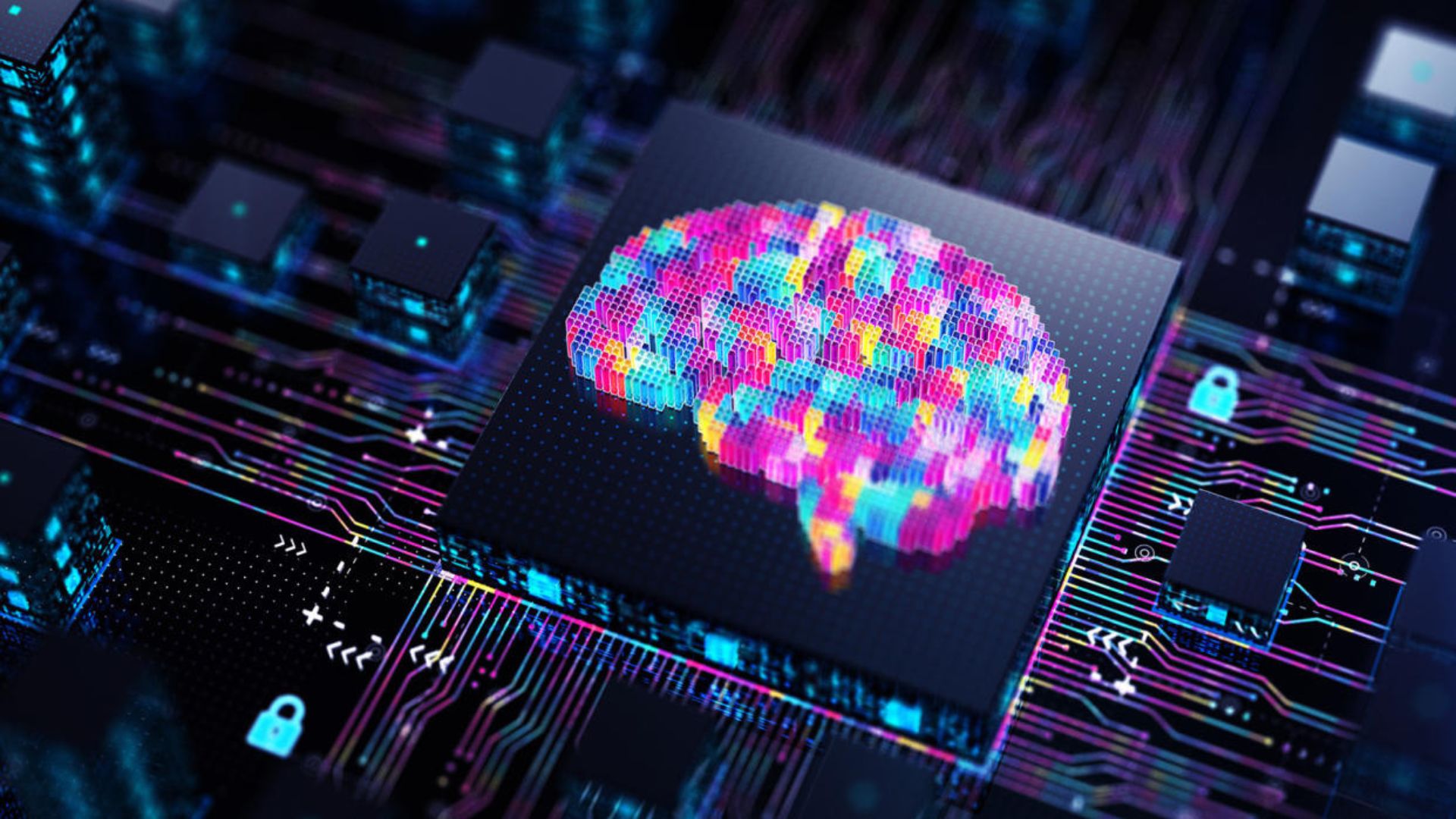In healthcare, doctors use different methods to find out what’s wrong with a patient. This process is called diagnosis. Over the years, traditional diagnostic methods have been used to detect illnesses. But now, AI technology is changing how doctors diagnose patients. So, how does AI compare to traditional diagnostics? Let’s look at the differences between AI vs traditional diagnostics.

Traditional Diagnostic Methods
Traditional diagnostic methods depend on the doctor’s experience and skills. Doctors start by talking to the patient, asking questions, and doing a physical exam. They may then order tests like blood work, X-rays, or MRIs. Once the results come in, they analyze them and make a diagnosis.
This process has worked for years and still does. However, it can be slow. Sometimes, doctors miss details or make mistakes. As a result, patients may have to wait longer for answers.
What Is AI Diagnosis?
AI diagnosis uses artificial intelligence to analyze medical data. AI systems can read test results like X-rays, CT scans, and lab reports quickly. These systems can also compare current data with vast amounts of past cases to help make faster, more accurate decisions.
AI doesn’t replace the doctor. Instead, it supports the doctor by offering suggestions based on patterns it recognizes in the data. This allows doctors to make informed decisions faster.
Speed: AI vs Traditional Diagnostics
One of the biggest differences between AI vs traditional diagnostics is speed. Traditional methods require time. After a doctor examines the patient and orders tests, results take time to arrive. The doctor then reviews them, which can take additional time.
AI, on the other hand, can analyze test results in seconds. It can read an X-ray or CT scan almost instantly. This speed allows doctors to start treatment much faster, which is especially helpful in emergencies.
Therefore, AI is much faster than traditional methods.
Accuracy: Which Is More Accurate?
Accuracy is another key difference. Traditional diagnostics rely heavily on the doctor’s experience and judgment. While doctors are highly trained, they can still miss details, especially when there is a lot of data to review.
AI has the advantage of being able to analyze huge amounts of data at once. It doesn’t get tired or distracted. For example, AI can read X-rays, CT scans, or MRIs and spot small problems that a doctor might miss.
However, AI is not perfect. It still depends on the data it has been trained on. If the data is flawed or incomplete, AI could make mistakes. Still, AI generally performs better in spotting patterns than a human doctor alone.
In terms of accuracy, AI performs well, but it’s most effective when used alongside a doctor’s judgment.
Cost: Which One Is More Affordable?
Traditional diagnostic methods often involve many tests and doctor visits. These tests, such as blood work or imaging, can be expensive. There are also the costs of hospital staff and equipment.
AI, on the other hand, can reduce the need for multiple tests. It helps doctors quickly identify the right treatment or test needed, which can save money in the long run.
However, AI systems require a significant upfront investment. Hospitals need to pay for the technology and training. Over time, AI could help reduce costs by improving efficiency.
In the short term, traditional diagnostics may be cheaper, but AI may save money over time due to its efficiency.
Accessibility: AI vs Traditional Diagnostics
In some parts of the world, there are not enough doctors to meet the needs of the population. AI can help in these situations by analyzing data remotely and providing quick results. For example, a doctor in a rural area can use AI to assess a patient’s test results.
Traditional methods, however, need doctors to be physically present, which can be a problem in remote areas. This makes AI more accessible, especially in underserved regions.
AI helps bring diagnostics to places that need it the most.
Trust: Who Do People Trust More?
Despite the advantages of AI, people often trust doctors more than machines. Doctors have human judgment, and patients feel more comfortable with a person who understands their needs. However, as AI tools become more advanced and prove their worth, trust in AI is growing.
AI works best when paired with human expertise. It offers suggestions, but doctors make the final decision. This combination of human expertise and AI’s support creates better outcomes for patients.
Final Thoughts: The Future of Diagnostics
The future of AI vs traditional diagnostics doesn’t have to be a competition. Both have their strengths. Traditional methods have been around for years and offer the human touch. But AI can analyze data much faster and more accurately, helping doctors make quicker and better decisions.
As technology continues to evolve, AI will play an increasingly important role in healthcare. It will help doctors diagnose more efficiently, reduce errors, and improve patient care. But it will always need doctors to make the final call.
